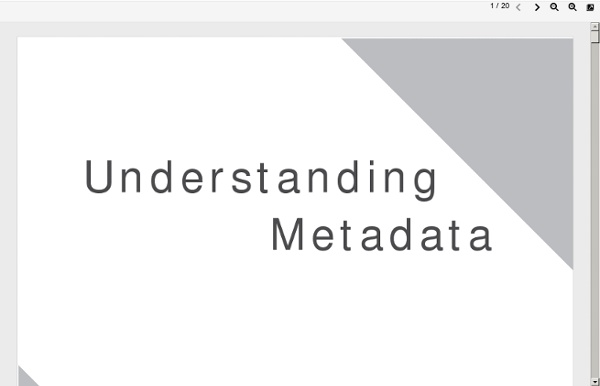



Getting Started - schema.org Most webmasters are familiar with HTML tags on their pages. Usually, HTML tags tell the browser how to display the information included in the tag. For example, <h1>Avatar</h1> tells the browser to display the text string "Avatar" in a heading 1 format. However, the HTML tag doesn't give any information about what that text string means—"Avatar" could refer to the hugely successful 3D movie, or it could refer to a type of profile picture—and this can make it more difficult for search engines to intelligently display relevant content to a user. Schema.org provides a collection of shared vocabularies webmasters can use to mark up their pages in ways that can be understood by the major search engines: Google, Microsoft, Yandex and Yahoo! 1. 1a. Your web pages have an underlying meaning that people understand when they read the web pages. 1b. itemscope and itemtype Let's start with a concrete example. To begin, identify the section of the page that is "about" the movie Avatar. Back to top 1d.
Dewey Web Services For a long time, the Dewey team at OCLC has wanted to do something with Linked Data. That is, apply Linked Data principles to parts of the Dewey Decimal Classification and present the data as a small “terminology service.” The service should respond to regular HTTP requests with either a machine- or a human-readable presentation of Dewey classes. There should be a URI (and, even better, a Web page that delivers a useful description) for every Dewey concept, not just single classes. The data should be presented in a format that is capable of handling rich semantic information and in a way that allows users or user agents to just “follow their nose” to explore the data. Along comes dewey.info Tim Berners-Lee's new-ish Linked Data meme “Raw Data Now!” For now, the latter approach seemed a more effective driving force that prompted us to confront several different issues that are relevant for either one. Learn more about dewey.info… So how does it work? What is it good for?